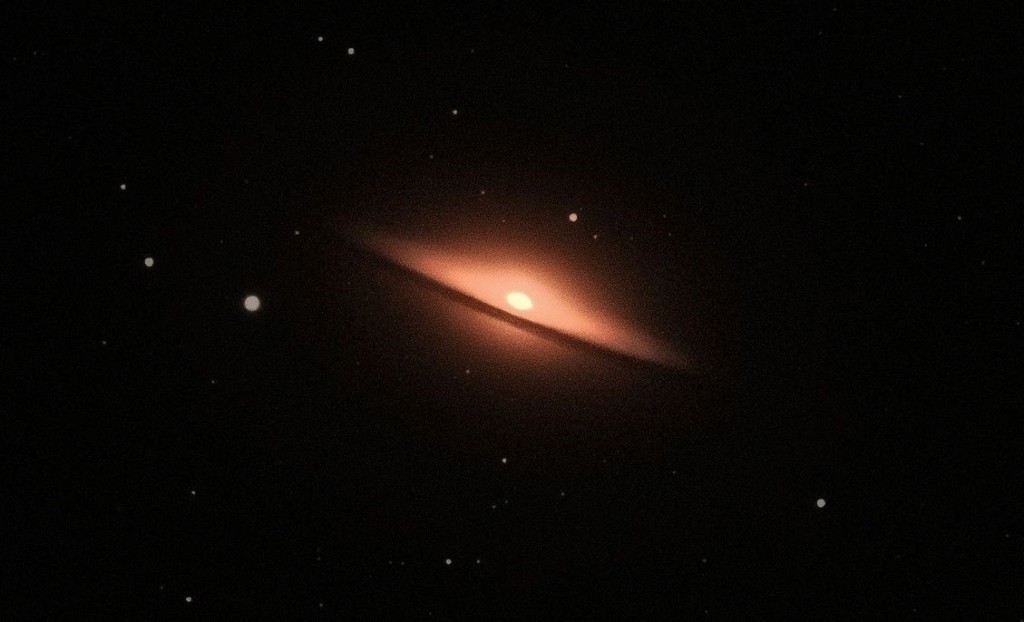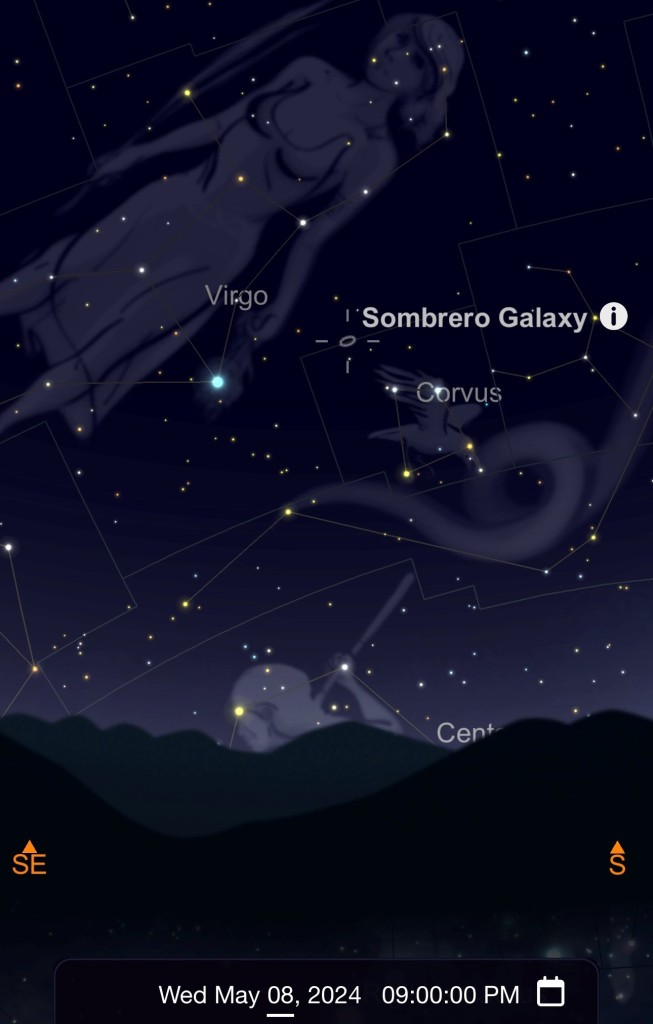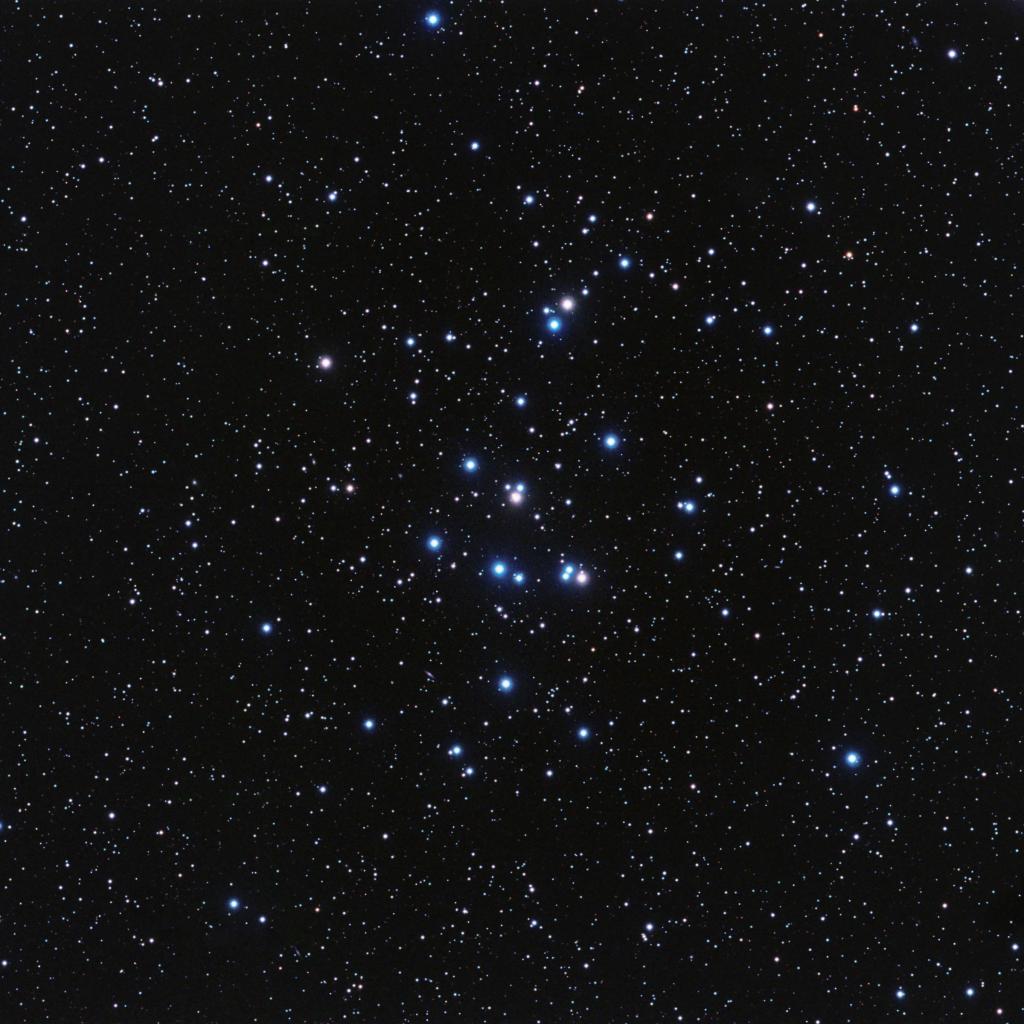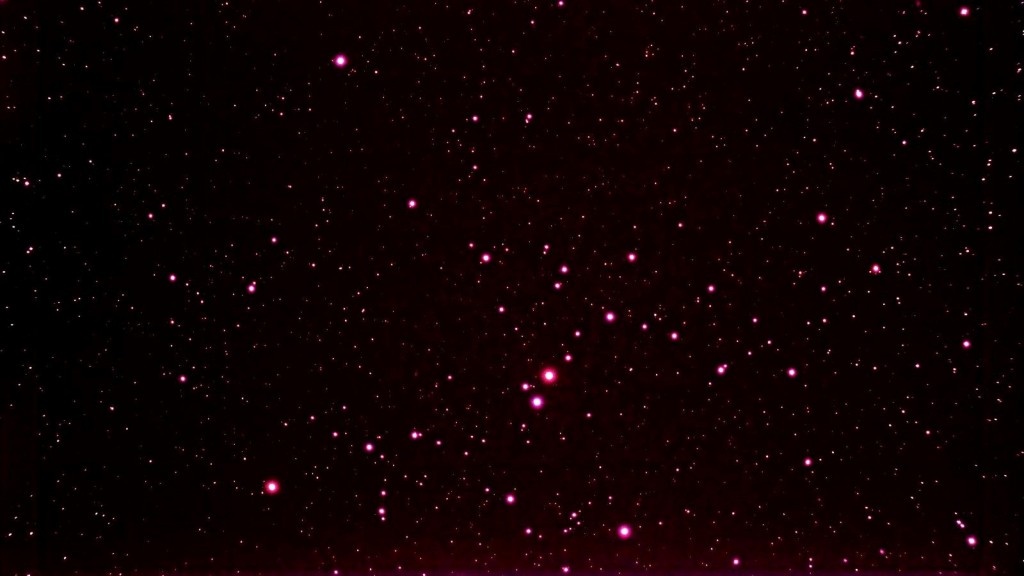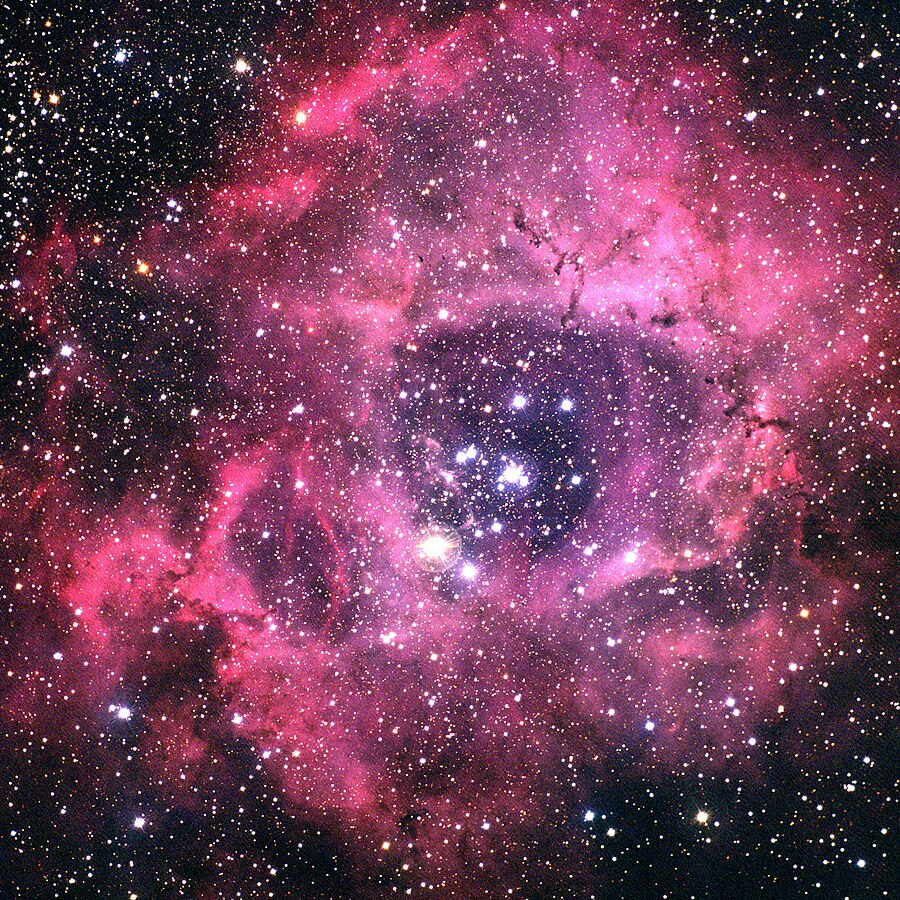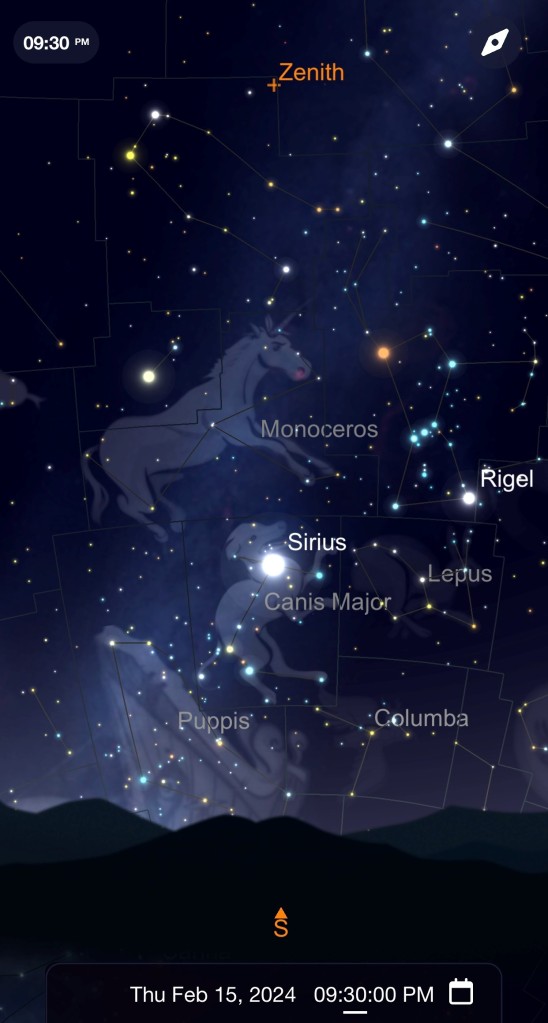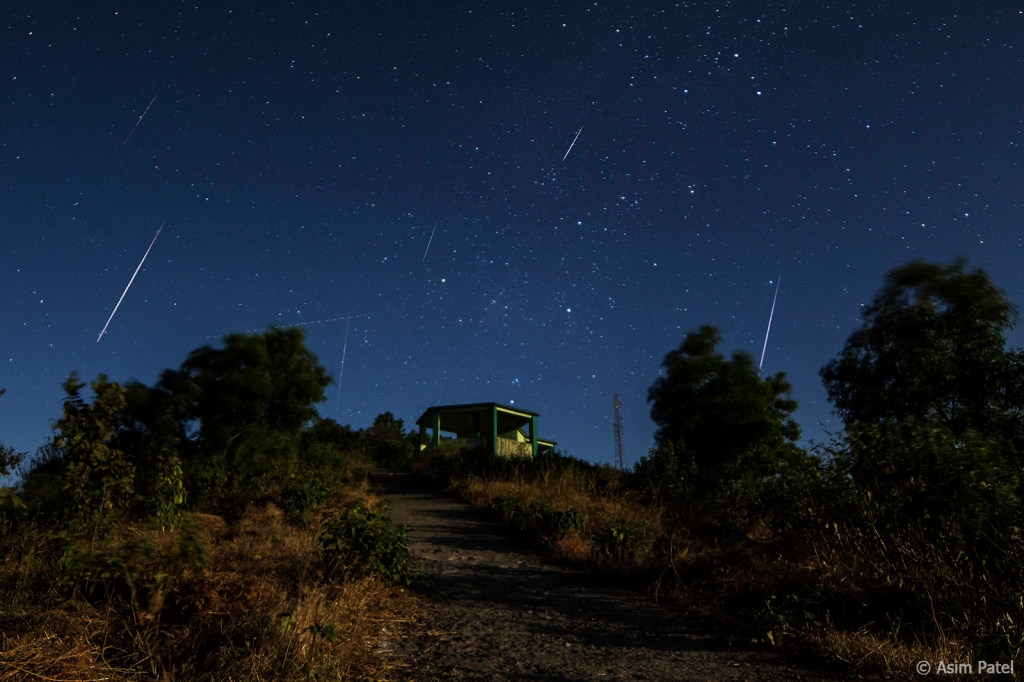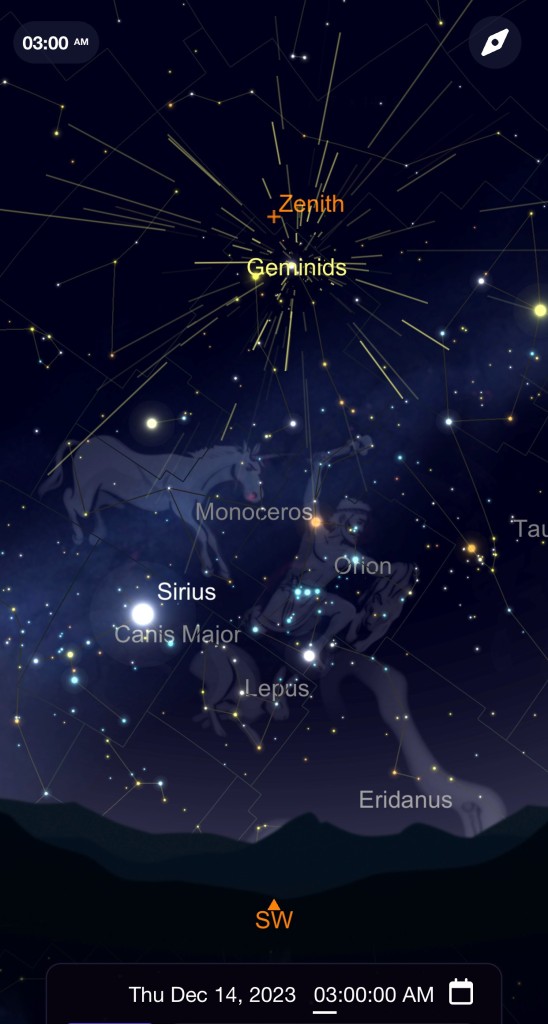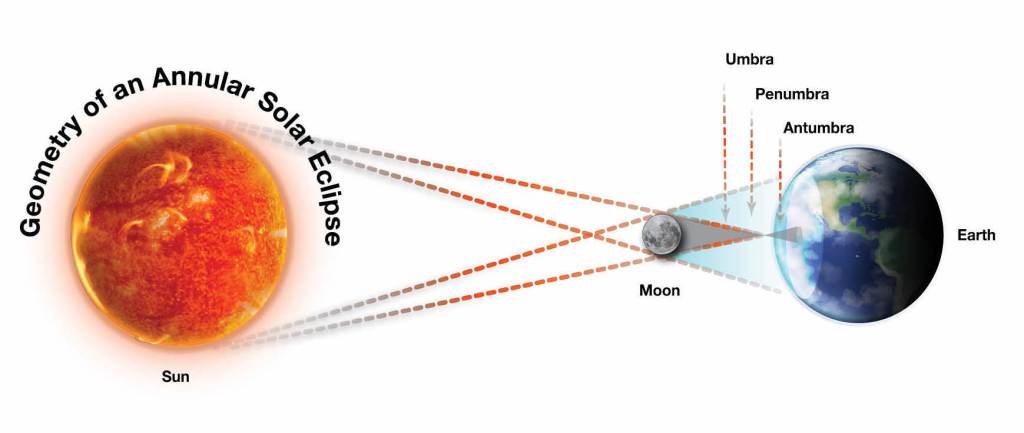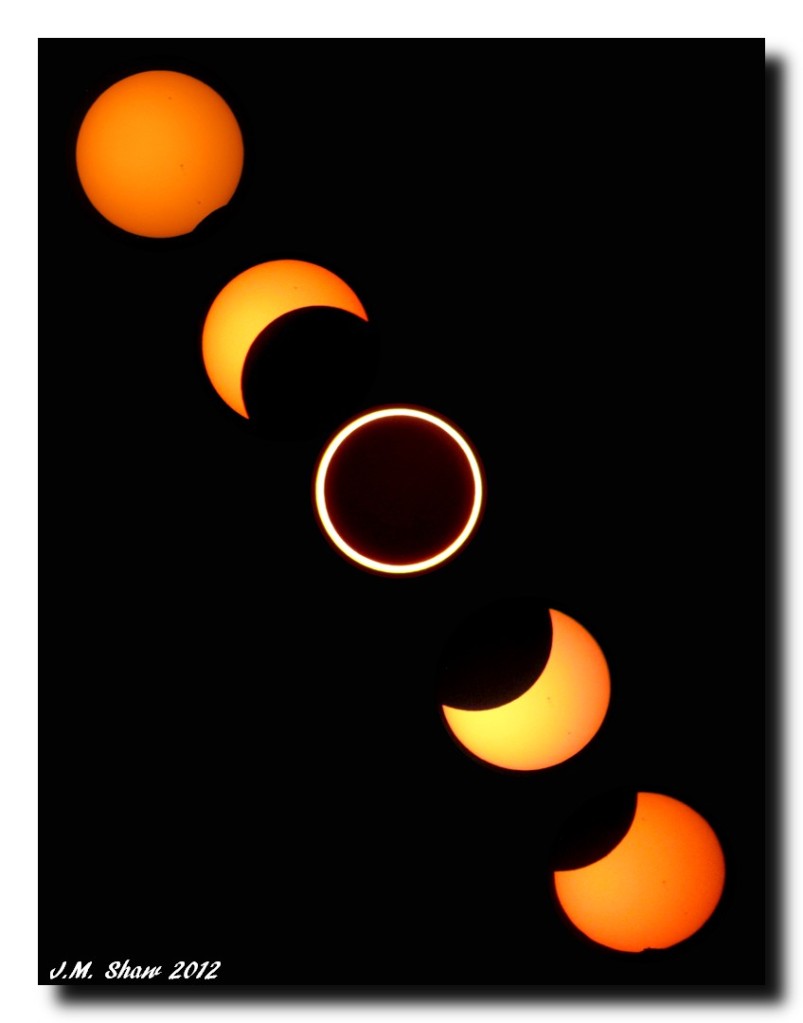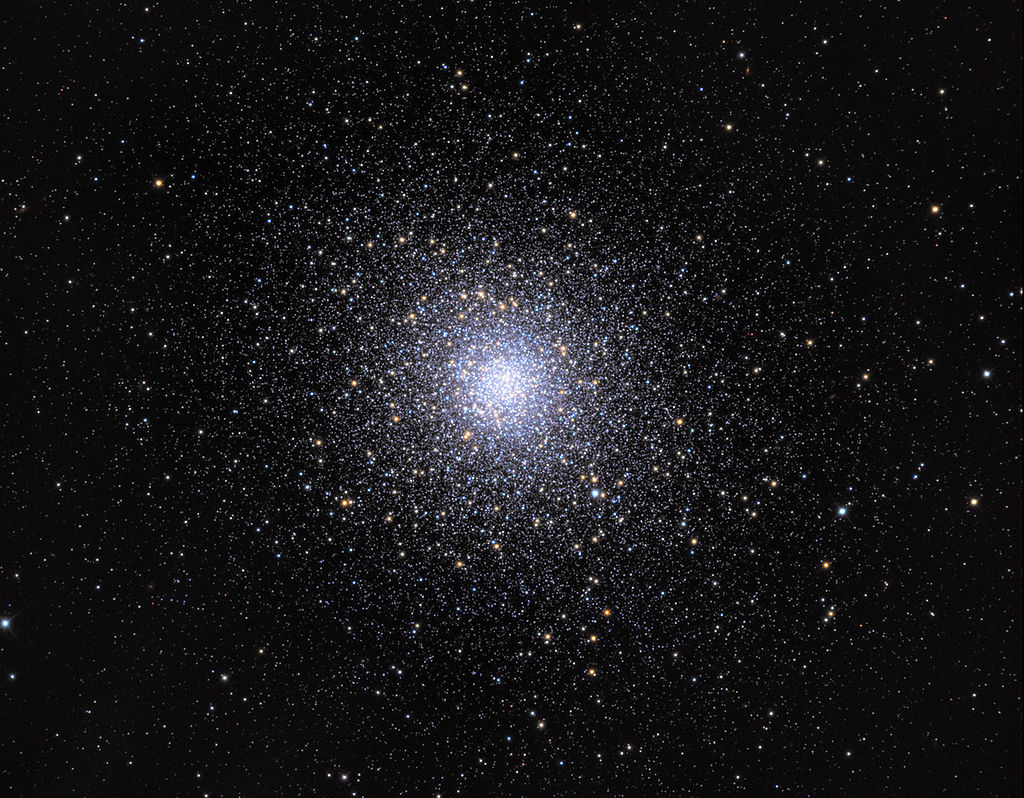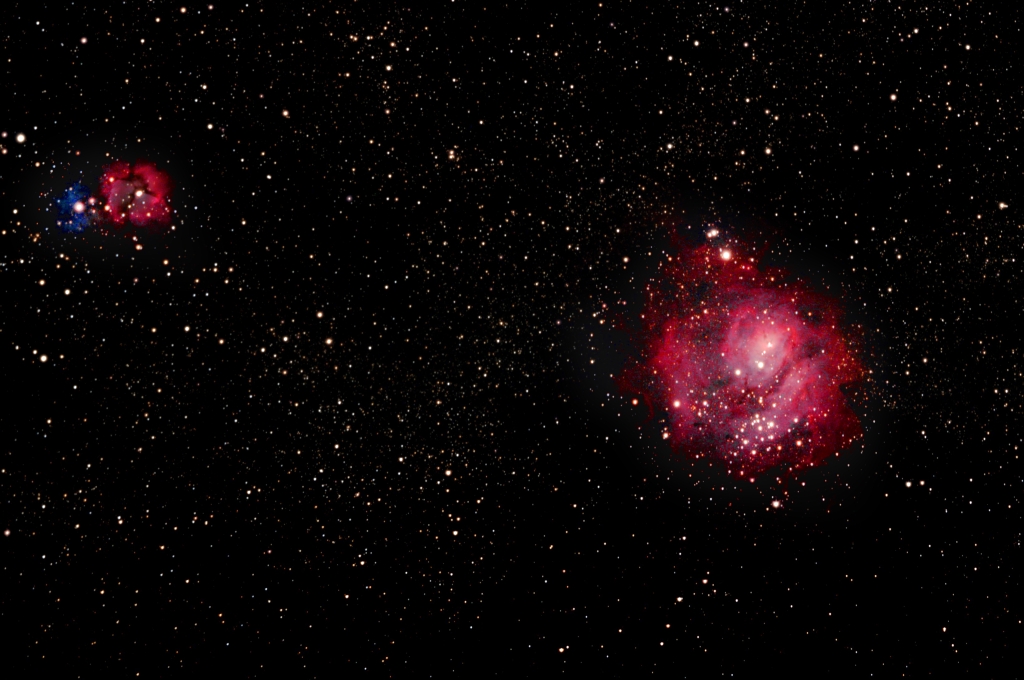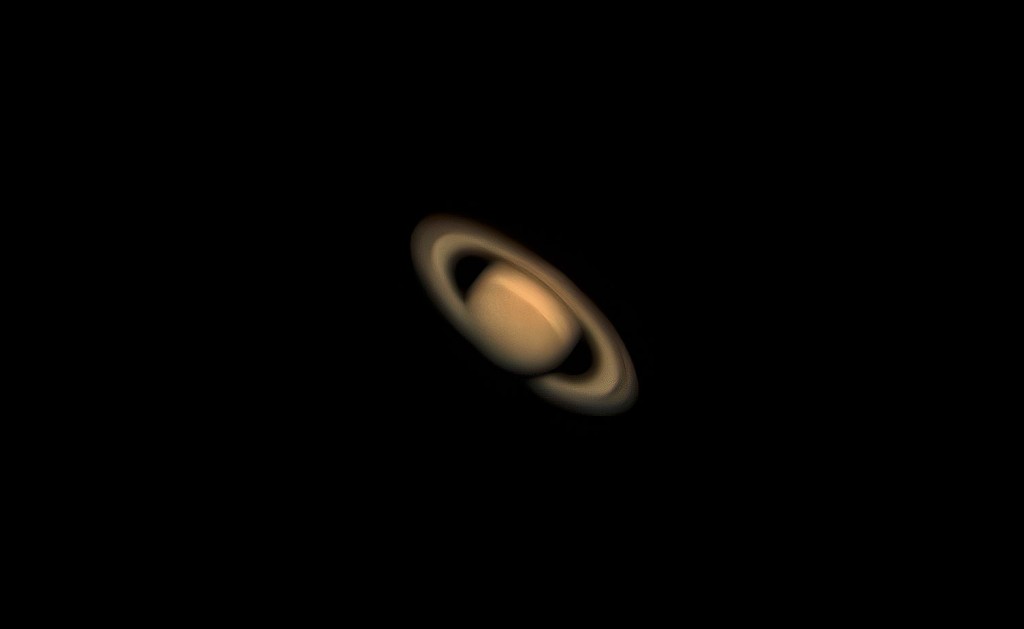Around 4.5 billion years ago, our solar system was nothing more than a large cloud of gas and dust, not much different than the Orion Nebula (Messier 42) that we enjoy looking at with our backyard telescopes every winter. Composed of mostly hydrogen, the cloud coalesced over millions and billions of years until a catalyst – most likely the shockwave from a nearby star exploding as a supernova – jolted the cloud into a spin and collapsing in on itself. The dense center of the nebula became our sun, the cloud flattened into a disk, and clumps of gas further out spun up into the gas giants that dominate our outer solar system. Scattered between these gas giants were pockets of primordial dust, left over from the very first stars and planets that populated our universe. This dust collided and stuck together as it began to form larger and larger rocky bodies, eventually the size of small planets called planetesimals. Dozens or possibly hundreds of these baby planets collided over hundreds of millions of years, forming the rocky planets of our solar system today, and scattering debris across the cosmos as asteroids and comets and moons.
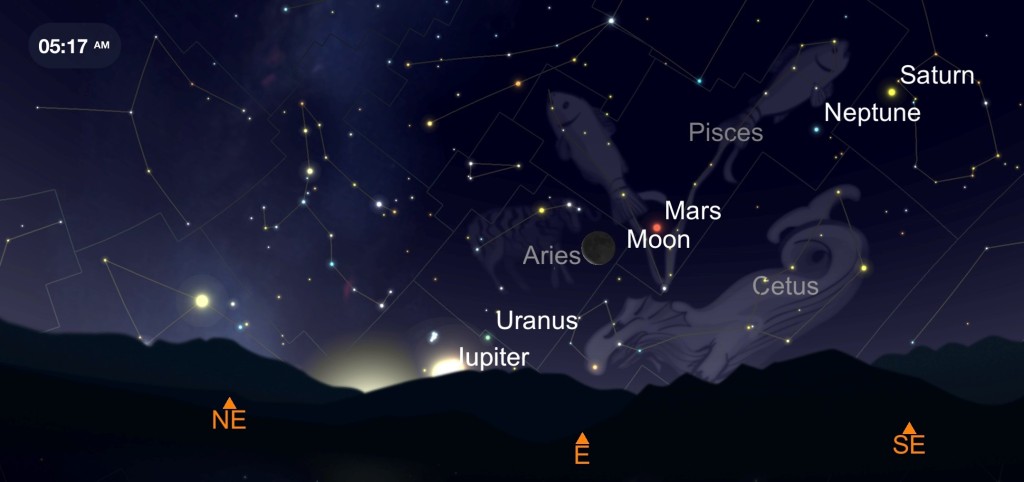
From that initial shock that jolted our solar system into motion, everything continued to spin. Throughout eons of chaos and disorder, the rotation of the planets and moons and asteroids and comets and even the sun itself persisted. The flattened disk that was the nursery for the birth of planets maintained a consistent path through space, which today we call the ecliptic. As viewed from Earth, the ecliptic is the superhighway on which the sun and planets travel across our sky. Despite the violent early days of the solar system and the catastrophic collisions of protoplanets, none of the eight major planets ever strayed more than a few degrees from this original orbit. As such, we can look out and quickly identify the planets wandering against the backdrop of static stars. For this reason, the word planet comes from the Greek planetes meaning “wanderer”.
Early in the morning of June 3rd these wanderers will come together for a relatively rare celestial alignment. In the hour prior to the sun rise at 5:17AM, look to the East to see up to 6 planets followed closely by the Sun. Starting to the Southeast, Saturn will shine brightly. As you move down to the East you will pass Neptune under the belly of Pisces, Mars glowing red near the crescent moon, followed by Uranus then Jupiter peeking over the horizon. Venus may be visible in the best observing situations, however Mercury will certainly be obscured by the rising Sun.
